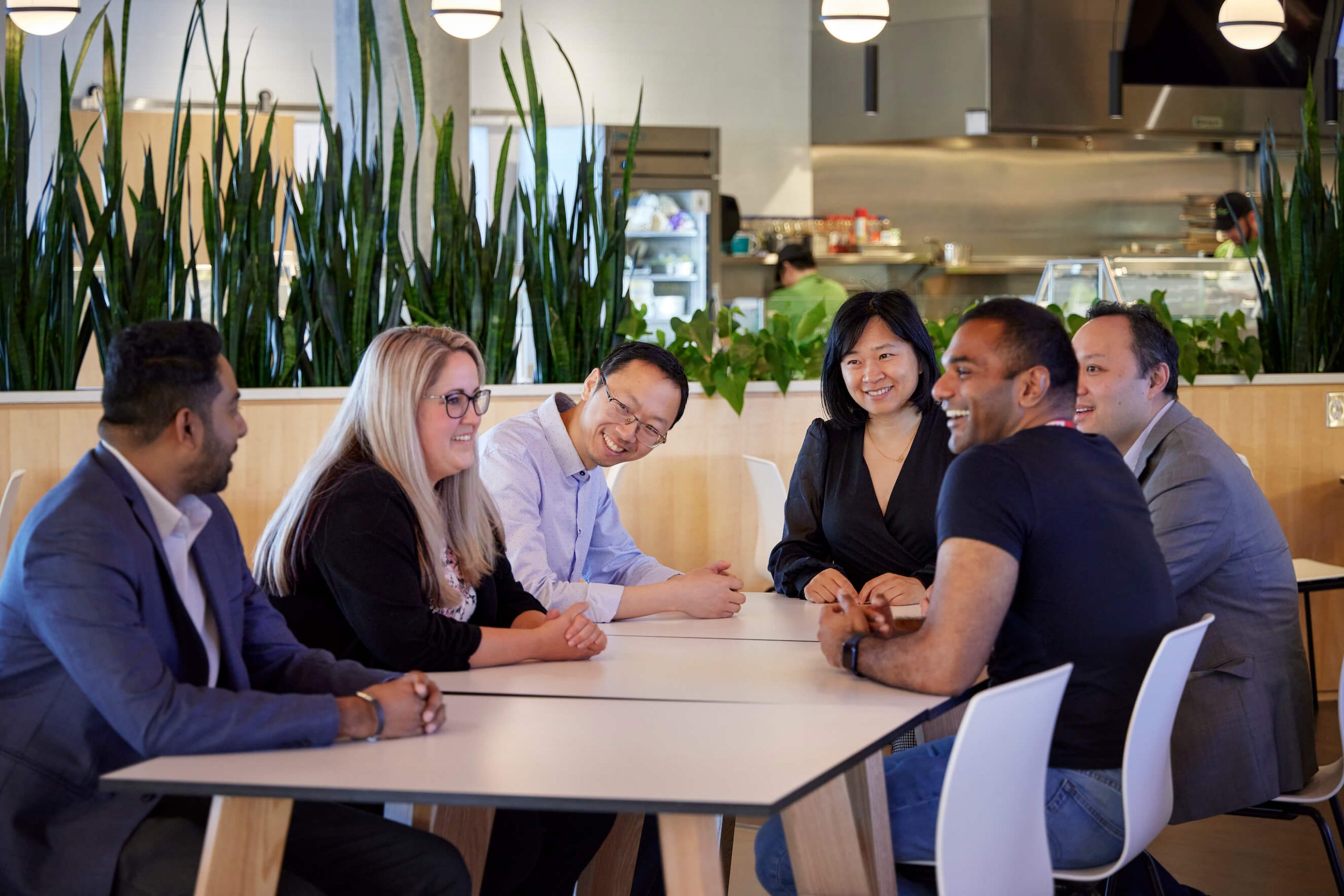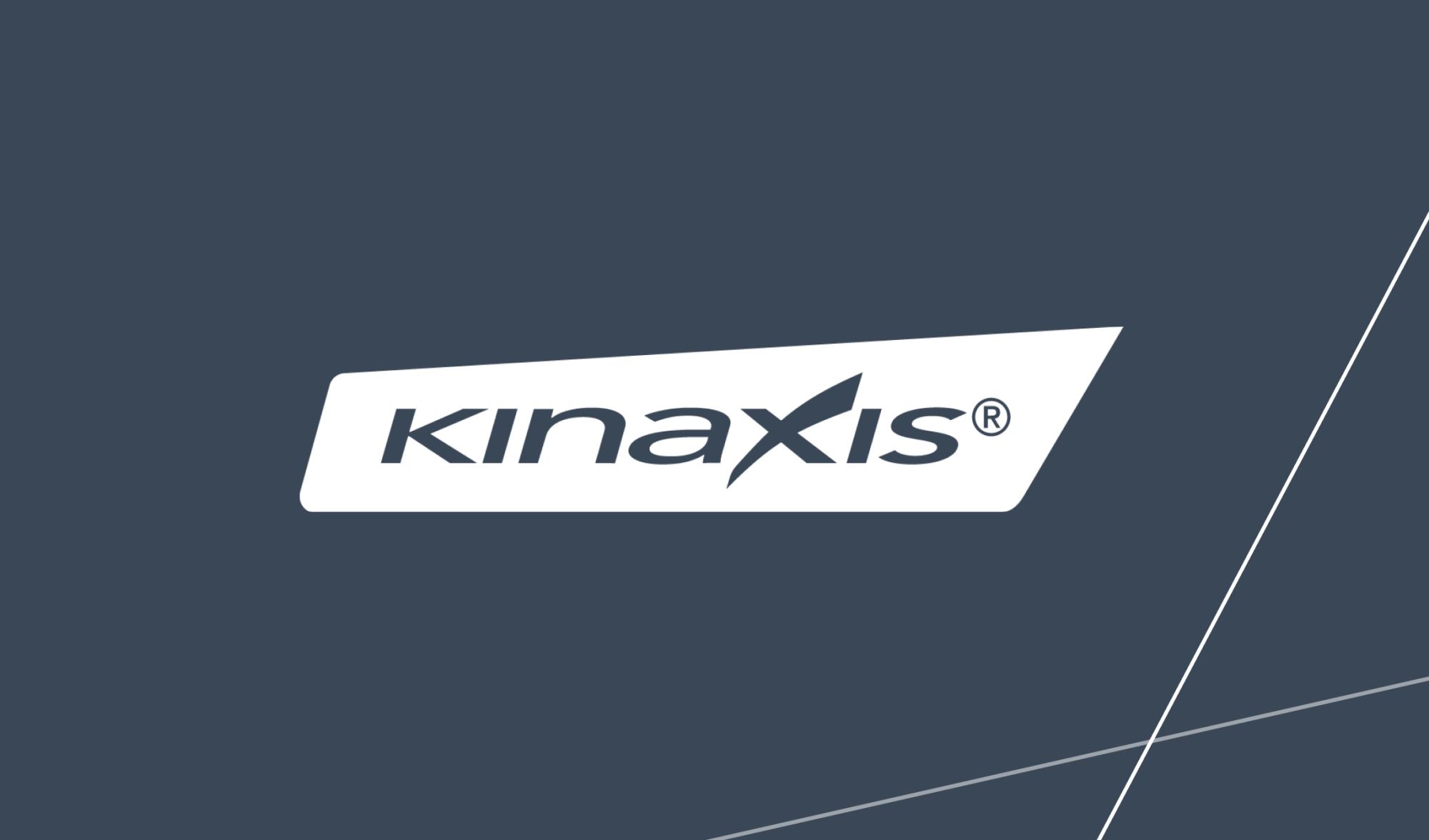The Canadian tech company specializes in non-standard AI use cases to help global companies become more agile, more efficient, and more sustainable.
From a pasta crisis in Italy that threatens to spark ‘pasta protests,’ to empty shelves in a pharmacy near you, supply chains’ fragility and volatility have never been clearer. There’s also never been more opportunity to improve supply chains as artificial intelligence offers businesses abilities that, even just a few years ago, would’ve been mere imagination.
Kinaxis, founded and headquartered in Ottawa, is making supply chains both more resilient and efficient with its AI-powered supply chain management platform, RapidResponse. Its clients span a variety of industries and include household names like Procter & Gamble, Unilever, Subaru, Ford, Bose, and Honeywell. During the pandemic, Kinaxis helped vaccine suppliers get their products to the right places at the right times.
Founded in 1984, practically a lifetime ago in tech, Kinaxis didn’t begin as “supply chain specific,” but rather “computer science specific” in an era when software was excruciatingly slow. President and CEO John Sicard explains, “The motivation was to try to make a piece of software run MRP, which stands for material requirements planning, faster than it was running. At the time, this would take about 36 hours to run. So imagine you press enter, and then you have to wait 36 hours before the software is done. And if there was a data problem or a mistake made? Well, you’ve just burned through 36 hours of computer time.”
Ultimately, Kinaxis engineers succeeded in reducing runtimes from 36 hours to 14 minutes. “It was absolutely breathtaking,” says Sicard. “So now if you made a mistake, go get a coffee and run it again.”
Enhancing agility in supply chains
Fast forward to the 2010s by which time Kinaxis was focused solely on the supply chain industry and, at the same time, e-commerce was becoming an increasingly disruptive force. Sicard explains that, thanks to the growing popularity of online shopping, companies were at a much higher risk of losing customers, revenue, and brand loyalty if they couldn’t deliver fast.
If a customer couldn’t easily find or purchase a product, they’d simply buy from somewhere or someone else. Being able to react faster than ever to both demand patterns and supply challenges to get products into consumers’ hands quickly was critical.
“Global competition became much more fierce in the last decade and at the same time, increasing volatility on both the demand and supply sides of the supply chain spectrum,” he says.
“When COVID hit, every single math-based model collapsed; every optimizer collapsed. Here’s another uncomfortable truth: every machine learning algorithm collapsed.”
However disruptive e-commerce seemed at the time, the COVID-19 pandemic would leave even more permanent impacts on the supply chain industry.
“COVID was an absolute catalyst for change around the discipline of supply chains,” says Sicard. “When COVID hit, every single math-based model collapsed; every optimizer collapsed. Here’s another uncomfortable truth: every machine learning algorithm collapsed. Because they had never seen anything like it.”
Supply chain problems became the top agenda item in most boardrooms and the main focus of chat in living rooms – globally.
Now, Sicard continues, “every board is asking every CEO, what will you do next time?”

John Sicard, President & CEO, Kinaxis
Creating AI that heals itself— just don’t call it “artificial”
Kinaxis RapidResponse goes beyond the standard AI use cases, which is perhaps best exemplified by the company’s self-healing machine learning.
“I don’t think there’s anything artificial about intelligence. Let’s call it augmented intelligence or automated intelligence—you can call it other things without destroying the acronym,” says Sicard. “It’s not magic and pixie dust. It is software written by human hands and while it’s very powerful, it has many, many limitations.”
He points again to the way algorithms collapsed during the pandemic. Once they collapsed, they needed to be repaired and rebuilt by human engineers.
“About five or six years ago, we started working on something we call the self-healing supply chain,” says Sicard. “The automated intelligence continuously monitors its intended design against demonstrated performance. When something falls outside a tolerance condition, it can self-heal that design in real time.”
The result is superior to constant human oversight of a machine because there are simply too many variables and attributes for people to monitor in real time.
Inefficient supply chains are literally unsustainable
While some may think improving supply chains is just about getting products from point A to point B where they can be purchased and consumed, there’s more at stake. Businesses concerned about sustainability can also greatly reduce their carbon output and cut unnecessary waste by optimizing their supply chains.
“There’s no discipline in the world that consumes the Earth’s natural resources more than supply chains.”
“There’s no discipline in the world that consumes the Earth’s natural resources more than supply chains—there isn’t even a close second,” says Sicard. “When you think about the sourcing of raw material, the transportation of that raw material, the energy used to make and distribute a product, storing it in a warehouse, then selling it, consuming it, then throwing it away…nothing comes close to that consumption of resources.”
The negative environmental impacts are astronomical. According to a McKinsey report, for the average consumer company, supply chains are behind more than 80 per cent of its greenhouse gas emissions and over 90 per cent of its impact on air, land, water, biodiversity, and geographical resources. “Supply chain[s] create far greater social and environmental costs than [companies’] own operations,” it reads.
“While you’re becoming more agile, can you simultaneously do less harm to the planet,” says Sicard.
By its very nature, the company’s platform helps supply chains be more efficient and reduce waste. Then, last month, Kinaxis launched Sustainable Supply Chain, a new solution that allows companies to embed emissions factors (including Scope 3 emissions) directly into RapidResponse. Planners can then view, project, and simulate scenarios related to their supply chain emissions in real time and react quickly to make changes.
Going public
In June 2014, Kinaxis went public, trading on the Toronto Stock Exchange under the ticker KXS. It was one of the first Software as a Service (Saas) companies to go public and helped mark a new era of tech focus for the TSX.
After 30 years in business, why go public then? “We were ready for a bigger stage, to be a truly global player. And it worked,” said Sicard.
The Kinaxis IPO was one of the most successful of the year, and since then the company has consistently reported double-digit growth.
“For us, going public put us on the world’s stage.”
While giving advice to other startups on the right time to go public is tricky because every circumstance is individual, Sicard says seeking the advice of other experienced founders and CEOs is invaluable. Back in 2014, he tapped into the Ottawa business and tech community. “You know, so many others have come before you. One thing I learned is just how fantastic the Ottawa network is, how collaborative they are, and how open and transparent they are with sharing their experiences and learnings.”
He also advises startups to consider shareholders as partners who can offer valuable advice and even help with lead generation. “Shareholders can really be collaborators in your business because they really care about your success.”

Members of the Kinaxis team
The future is big and bright
As Sicard and his team look towards a milestone 40th anniversary in 2024, he says their ambitions aren’t just financial, but centre on bringing value to the planet and society. He also sees a future where supply chain management becomes its own macro business category.
“Five to 10 years from now, there will be a macro category around supply chains that doesn’t exist right now,” he says. “Today there’s a macro category around CRM (customer relationship management), around workforce management and it won’t be long before there’s a supply chain management category.”
While Kinaxis aims to be the company at the top of this supply chain management pillar, it’s also important to Sicard that they stay true to their roots. “We’re a global company and we serve some of the largest global companies in the world, but our technology is Canadian-made. We’re very proud of that, and we’re going to continue to hold true to that as we grow.”
To learn more about Kinaxis, visit Kinaxis.com
RBCx backs some of Canada’s most daring tech companies and idea generators. We turn our experience, networks, and capital into your competitive advantage to help drive lasting change. Speak with a RBCx Technology Advisor to learn more about how we can help your business grow.
